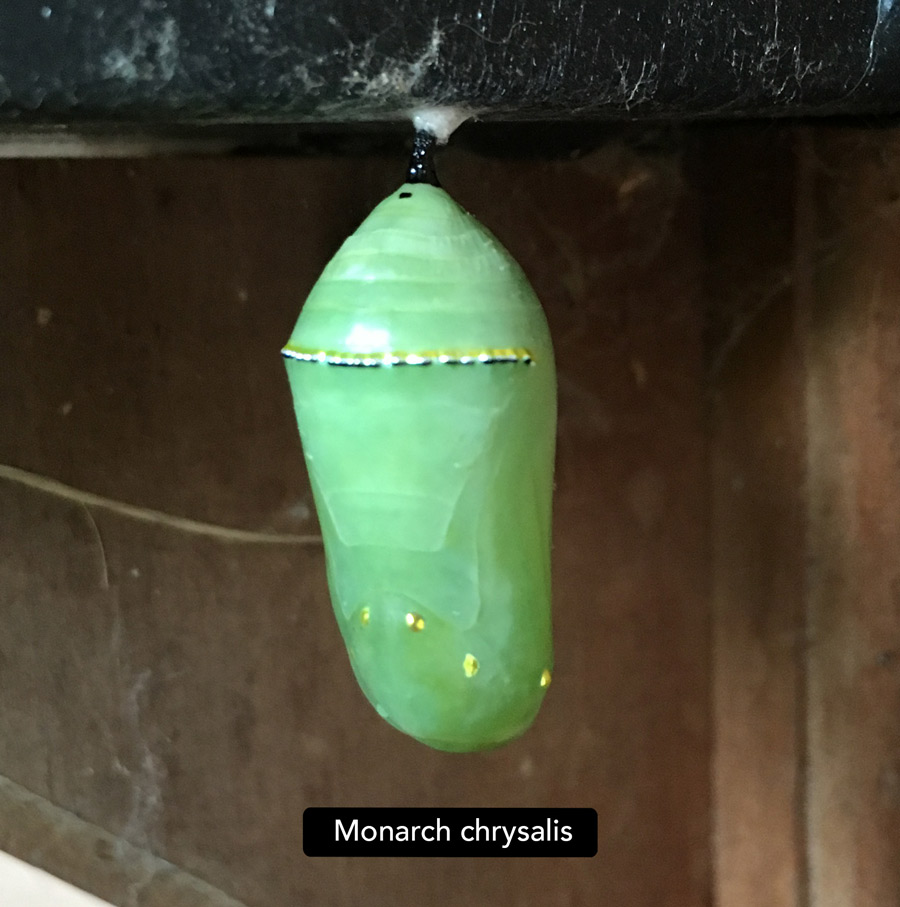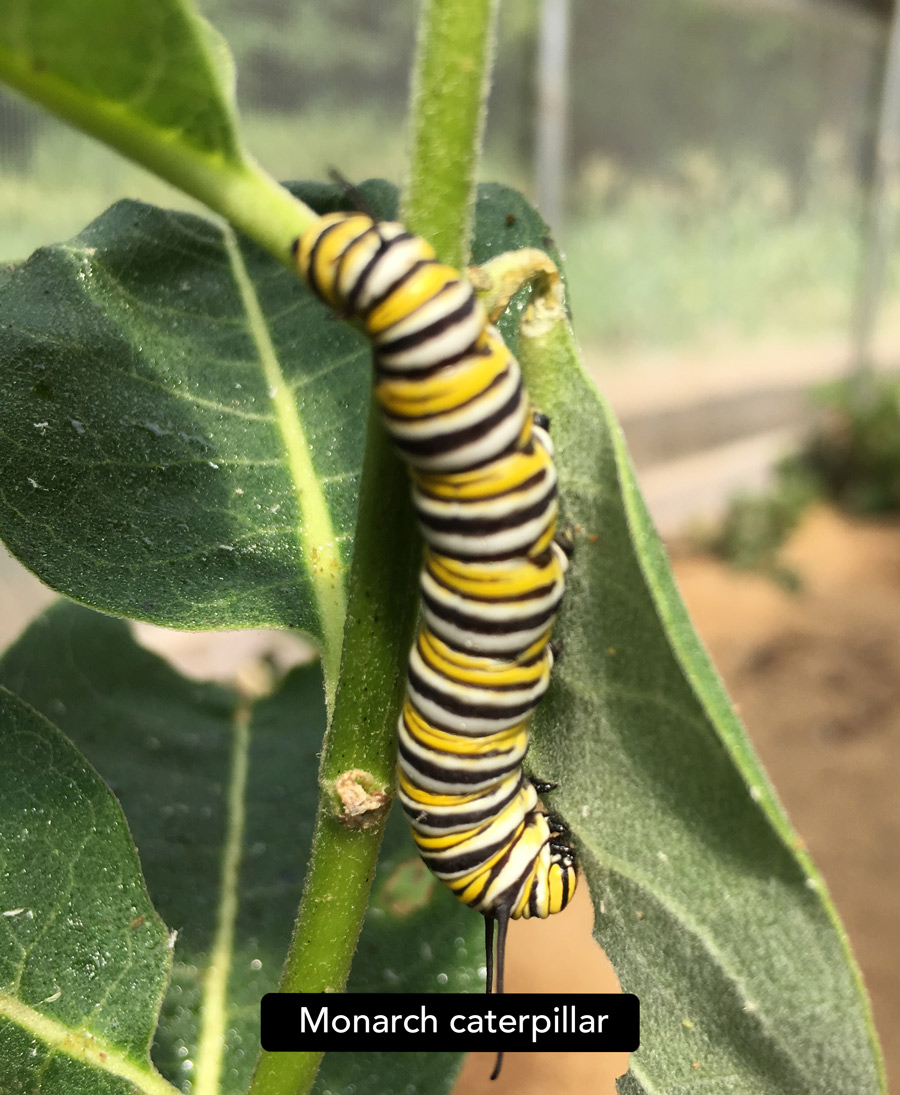
Don and Barb Dunklee work to counter some of the devastating effects of GM glyphosate-tolerant crops on the US ecosystem
 Recently we announced in our Daily Digest some findings from yet another in a series of studies carried out by different groups of scientists over many years showing that the spread of GM glyphosate-tolerant crops is a major cause of the decline of monarch butterflies in the US. The glyphosate herbicide sprayed on these crops kills the milkweed that is the sole food for monarch larvae.
Recently we announced in our Daily Digest some findings from yet another in a series of studies carried out by different groups of scientists over many years showing that the spread of GM glyphosate-tolerant crops is a major cause of the decline of monarch butterflies in the US. The glyphosate herbicide sprayed on these crops kills the milkweed that is the sole food for monarch larvae.
In response to our report, Michigan organic farmer Don Dunklee sent us some beautiful photographs of the monarchs that he and his wife Barb encourage to breed in one of their greenhouses. They plant milkweed in the greenhouse in between the crops, as well as in open fields on the farm, in an attempt to repair some of the damage that GM crops continue to wreak on these iconic creatures.

Don calls himself "a four-year-old in disguise (actually 67 years old)". He says, "We have lived without the power company for 38 years, with our electricity coming from wind and sun. We built our own home from the ground up. We grow vegetables on our 23-acre piece of heaven. It is on a conservation easement with the Michigan Department of Agriculture. The easement protects the land from future development forever, as written in the property deed.
"We hope to donate our farm, when we pass on, to our local school district for teaching future generations how to farm and live with a smaller footprint while saving the environment for future generations. We share the food we grow with anyone who might need some. After our personal needs are met for canning, storage, and seed saving, we donate everything to local church families and anyone else who wants fresh food.
 "Wildlife has grown exponentially over the time we have held this gift. We fit food crops within the limits of the land without taking from the whole as commercial single crop agriculture has done. We plant native crops to attract butterflies, birds, deer, rabbits, and many more.
"Wildlife has grown exponentially over the time we have held this gift. We fit food crops within the limits of the land without taking from the whole as commercial single crop agriculture has done. We plant native crops to attract butterflies, birds, deer, rabbits, and many more.
"Each year adult monarch lay eggs in the milkweed inside and out of the greenhouse and we monitor the chrysalises, as they appear, for the pending births. Since our greenhouse is sometimes closed we want to get any newborn treasures outside as it gets pretty warm in the summer."
 As a message of hope and regeneration for the new year, we're publishing some images that Don has taken over the years of monarchs in their various stages of development on the farm. There's also an image of a praying mantis, another of the many creatures that thrive there.
As a message of hope and regeneration for the new year, we're publishing some images that Don has taken over the years of monarchs in their various stages of development on the farm. There's also an image of a praying mantis, another of the many creatures that thrive there.